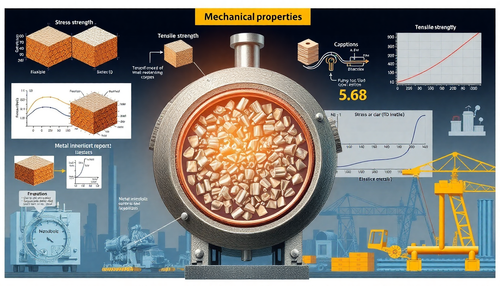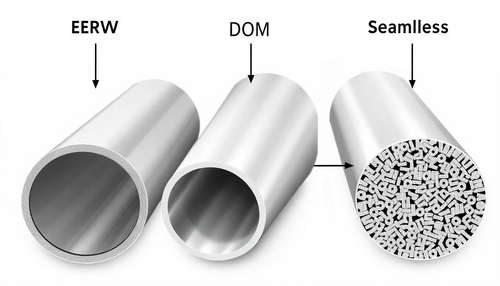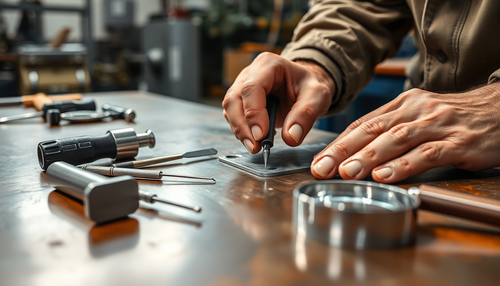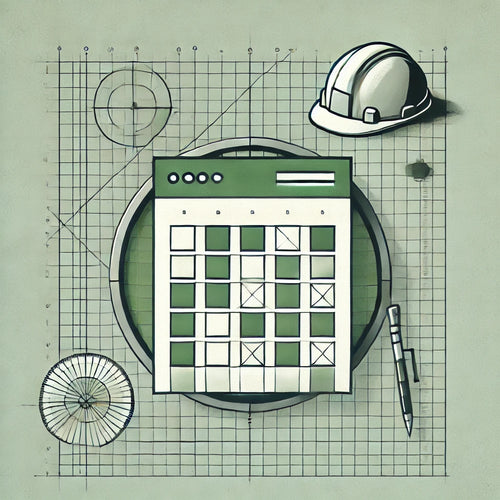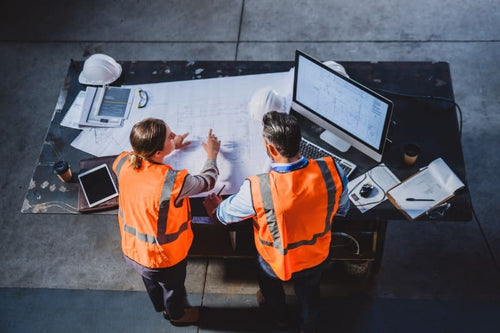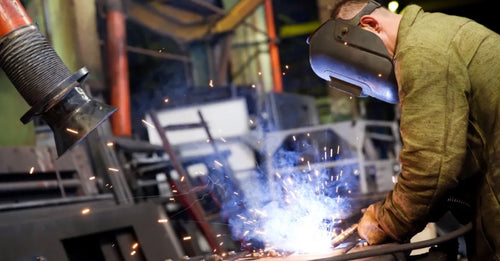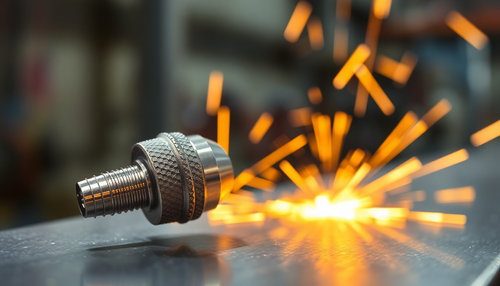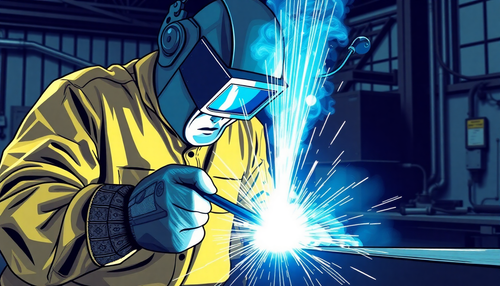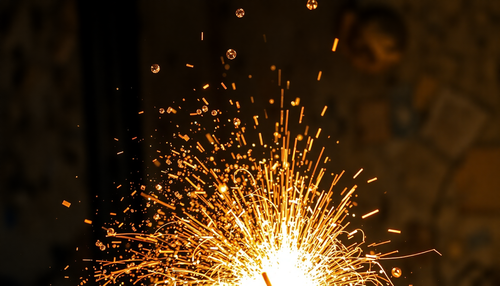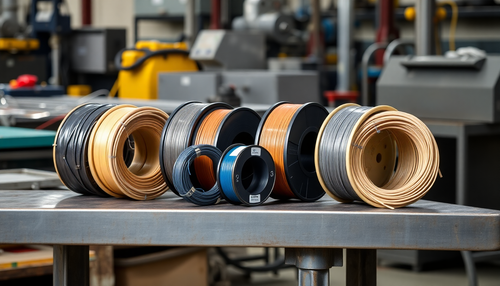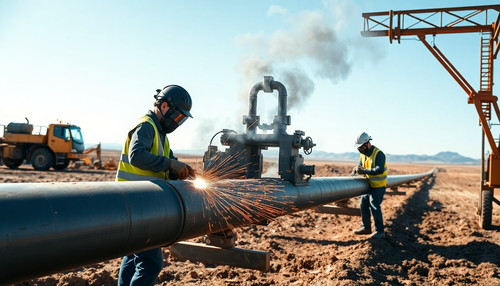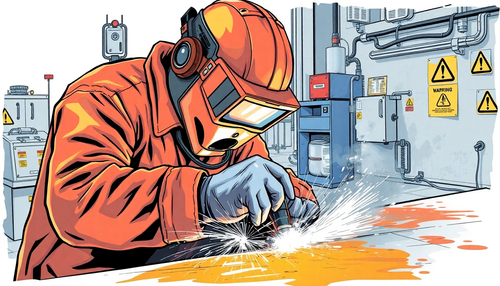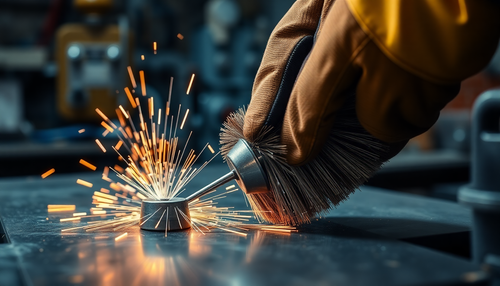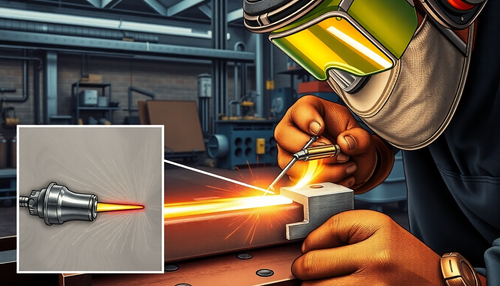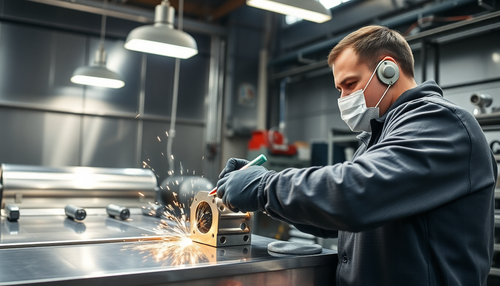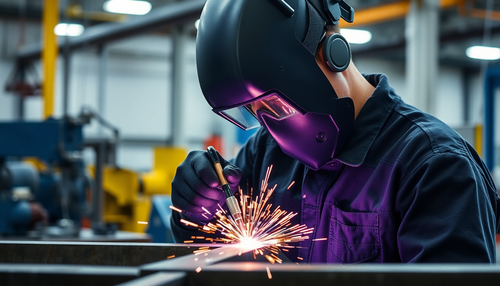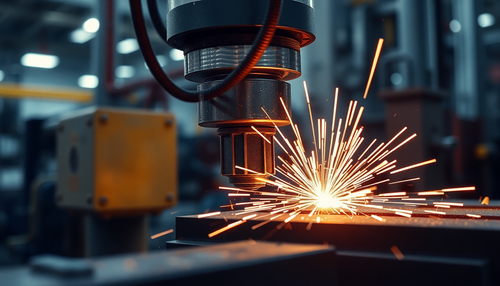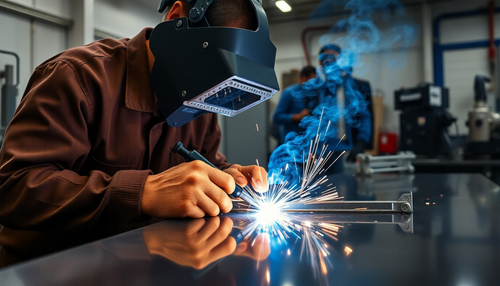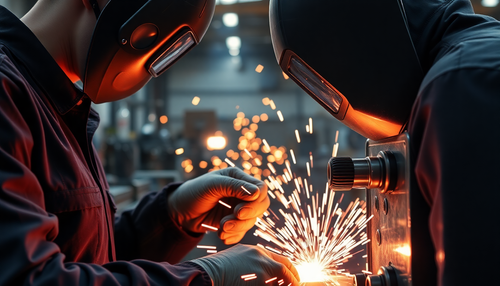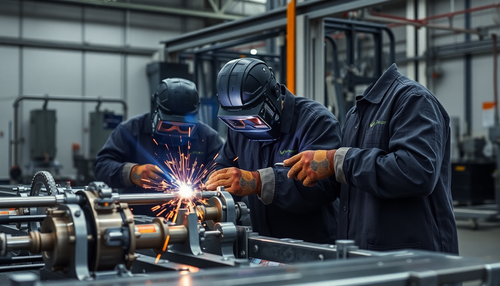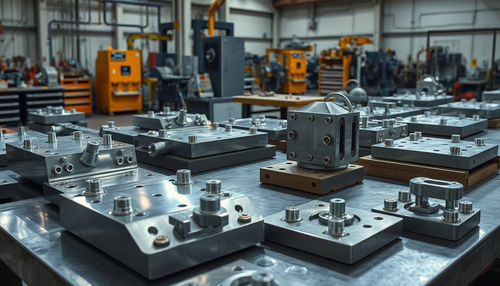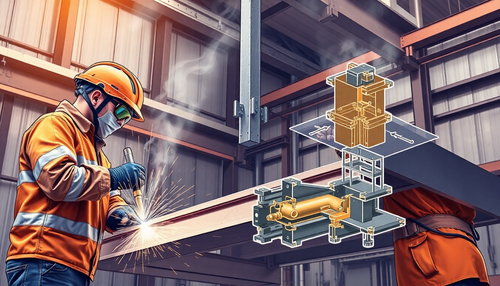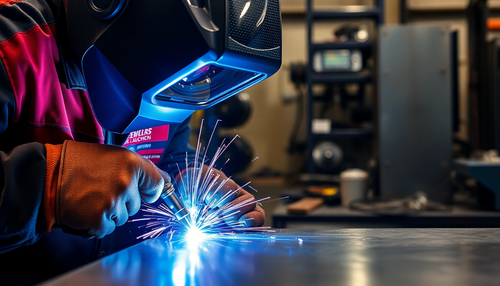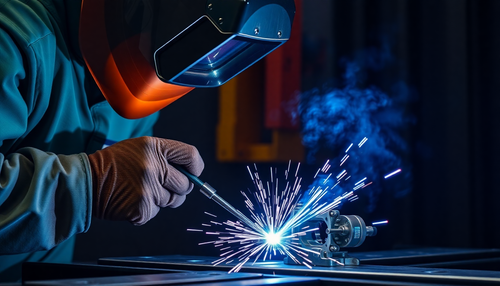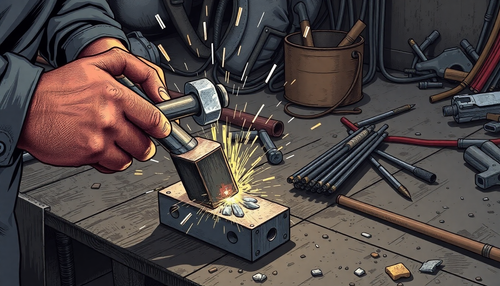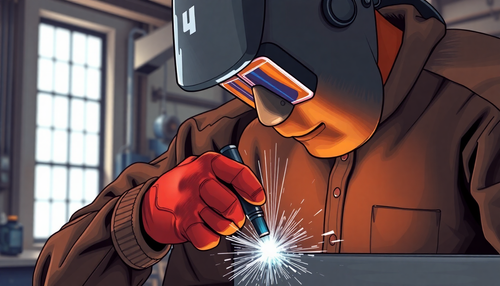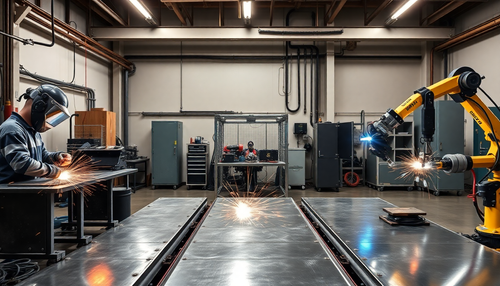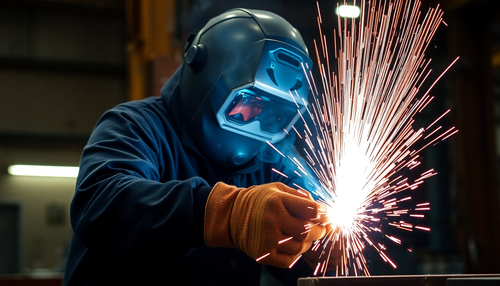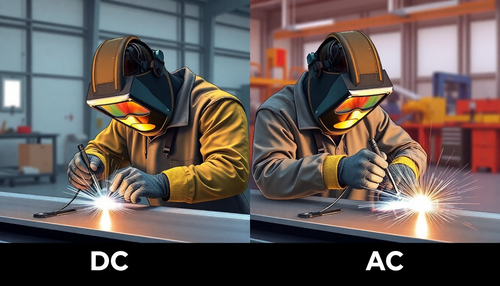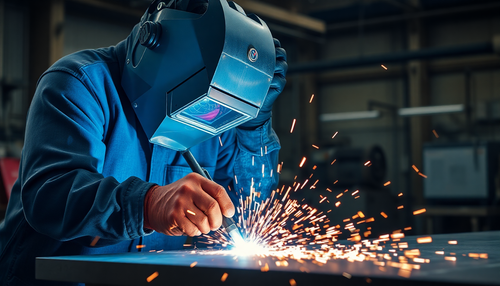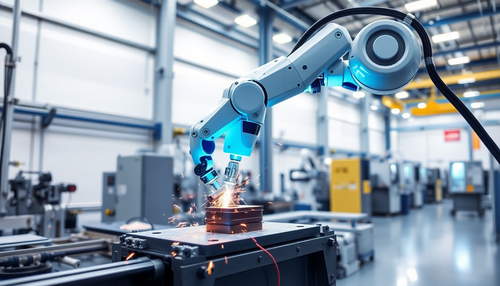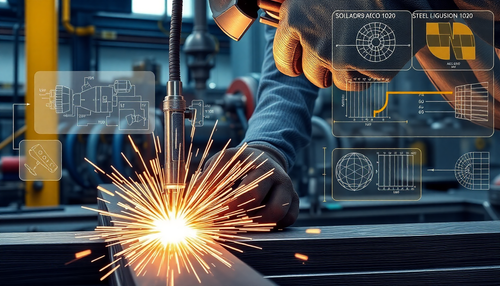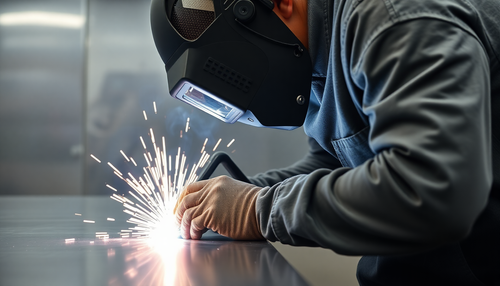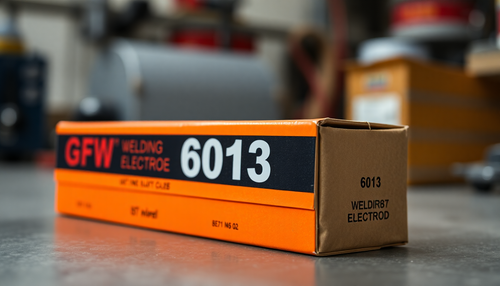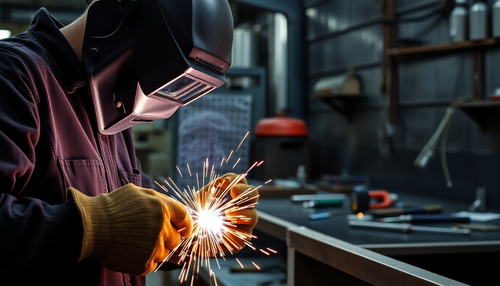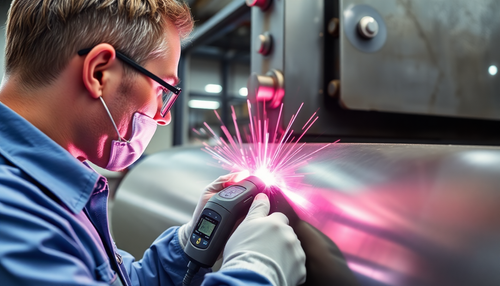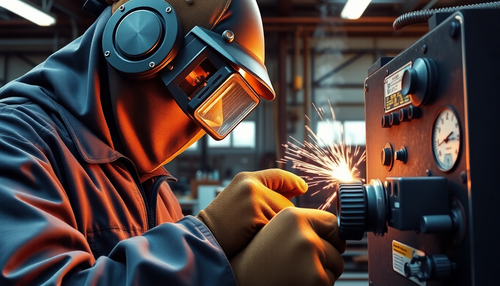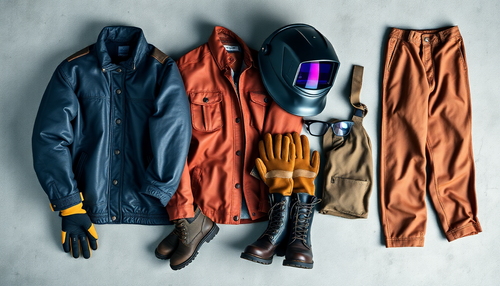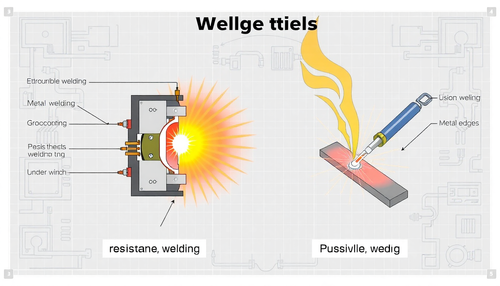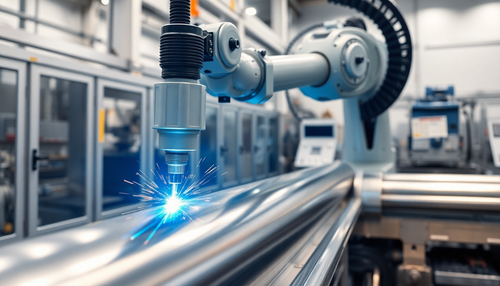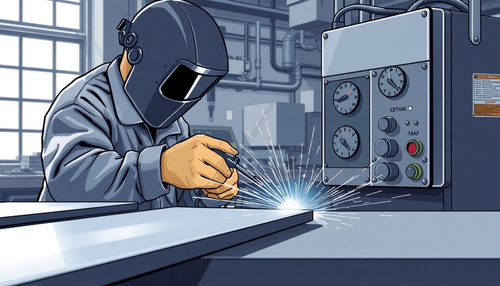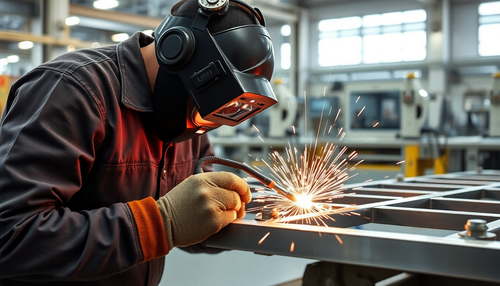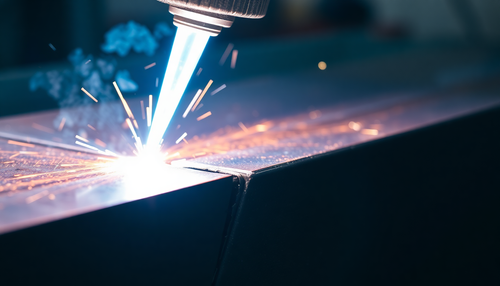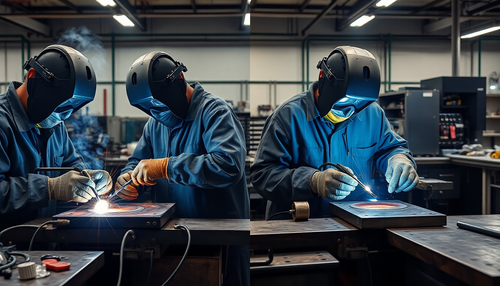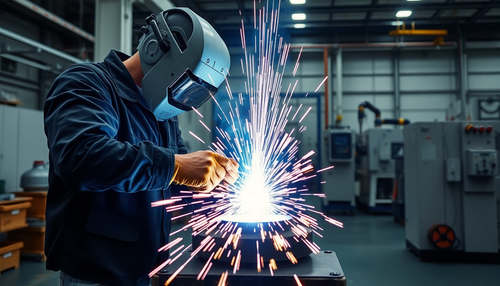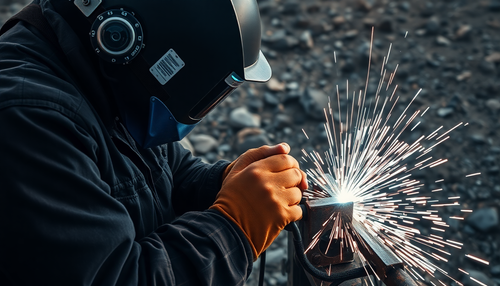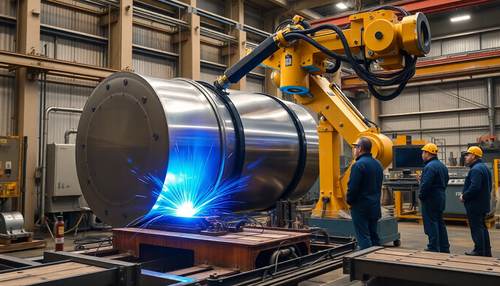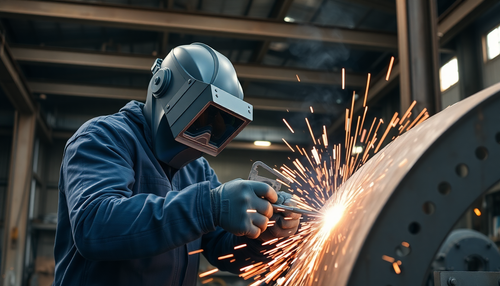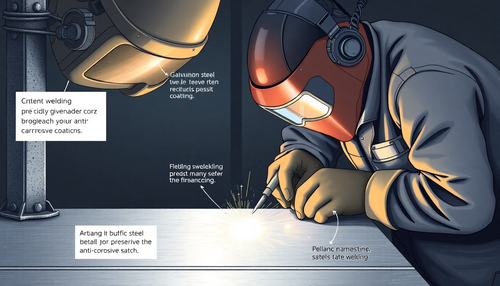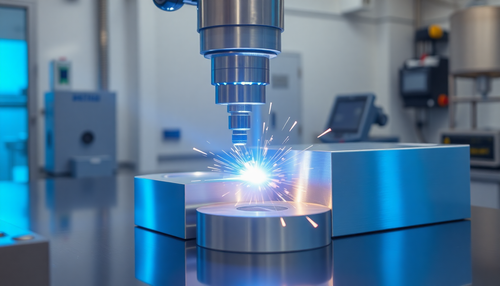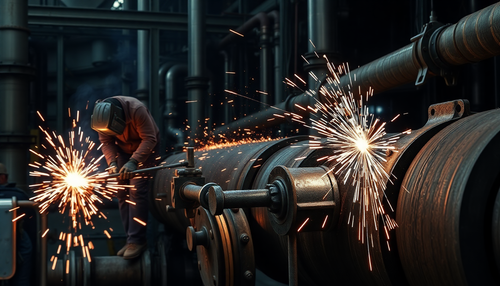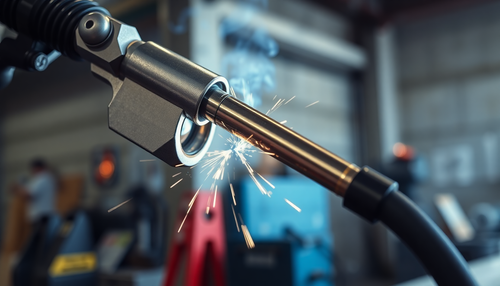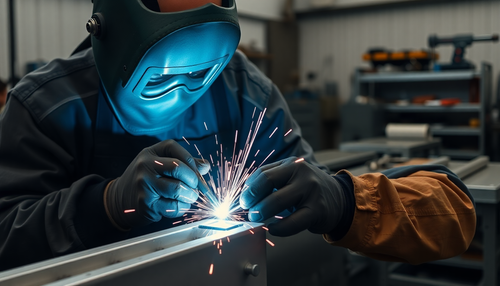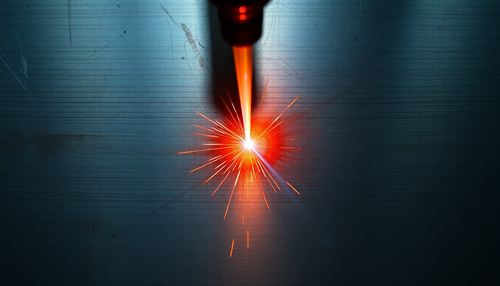Upon close inspection of an airplane, we can observe numerous rivets on its surface. This riveting process is also commonly seen in the construction of large bridges.
A C919 plane is said to require millions of rivets, while the A380 passenger jet uses more than five million.
So why don't they just weld the plane together instead of choosing this seemingly complicated riveting process?

Trying hard to lose every ounce
In the aerospace industry, there is a motto: “Striving to eliminate every gram.” To make the aircraft lighter, manufacturers use the lightest materials possible, tailored to specific applications.
An aircraft's skin is often very thin to reduce weight. The challenge of welding such thin films is enormous.
Additionally, some aircraft bodies are made of aluminum, which has relatively low heat resistance. The welding process generates a large amount of heat, which is clearly unsuitable for aircraft with an aluminum body.
The world's most advanced commercial aircraft make extensive use of composite materials. These materials can also be damaged by welding. The connection between different materials must be physically guaranteed.
Riveting is more stable and reliable
During my first plane ride, I was sitting near the side window. When the plane encountered turbulence, the wing visibly shook, sending a wave of anxiety through me.
I believe many of you have witnessed scenarios where, if the turbulence was severe, the plane's wing would wobble dramatically.
Throughout this continuous rocking process, the wing skin would be stretched or compressed. If a welding process were used, the resistance at the welding points would decrease significantly under these recurring voltage changes.
Over time, these welded areas can develop small cracks. If not discovered in time, they pose a substantial security risk.
Commercial planes often run for more than a decade and weld seams are prone to metal fatigue issues, resulting in a less than ideal connection. On the other hand, riveting can reduce the transmission of vibration between connected parts, thus reducing the risk of vibrational cracks. In terms of recurring tension changes, riveting provides superior and more reliable firmness.
Riveting facilitates mass production and reduces maintenance costs
The quality of the weld largely depends on the skill of the operator, with substantial randomness whether it is too thin or too thick. It is a challenge to establish uniform standards.
On the other hand, the rivets used in the riveting process have minimal parameter errors, facilitating quality control and standardized production.
Everyone knows that during aircraft manufacturing the demand for standardization is high.
The most critical aspect in the aviation industry is consistency of quality. An aircraft has millions of rivets, and the first rivet produced must be identical to the tens of millions that follow.
The strength requirement for rivets in an aircraft reaches 1,100 megapascals, equivalent to the weight of ten sedans in one square centimeter. Rivet processing precision reaches micron-level control.
This concept is similar to that of large aircraft themselves. Manufacturing a large, state-of-the-art aircraft is not very difficult for a large country, but producing thousands of identical products is a monumental challenge.

Rivets do not increase aerodynamic drag; on the contrary, they diminish it.
Some may wonder: wouldn't these visible rivets increase the aircraft's aerodynamic drag? In fact, the rivets used in aviation manufacturing are mainly of the countersunk, projecting head type.
Inside the aircraft, where there is no need for aerodynamic modeling, protruding head rivets are predominantly used, which are low cost and easier to process.
Countersunk rivets, on the other hand, are mainly used on the exterior parts of the aircraft that need to be smooth. They can effectively reduce aircraft drag. The manufacturing process requires tight tolerances for the rivet caps and surrounding structures. When touching the surface of the aircraft, the presence of the rivets is barely felt.
This application produced significant results. According to data from World War II, the use of countersunk rivets can reduce aircraft drag by approximately 3%.
How can we replace a broken rivet?
Normally, we use a frozen rivet for replacement. This rivet is cooled quickly after heat treatment and must be riveted fifteen minutes after use.
The strength of this frozen rivet increases under normal temperature conditions, thus increasing the stability of the riveted structure.
What happens when a rivet comes loose?
A single loose rivet could potentially trigger an aircraft malfunction alert, requiring around-the-clock overtime for maintenance staff to locate the problematic rivet.
In 2016, to resolve a problem with an A320 aircraft, maintenance personnel worked tirelessly for three days and nights. After systematically investigating all possible failures, they finally identified a loose pin among hundreds of data pins, each less than 1 millimeter in diameter.
Although the task of identifying and repairing rivet failures can be demanding, it is not a cause for concern. Aviation screws are self-locking, reducing the likelihood of loosening.
Due to various restrictions, most aircraft we see today are assembled with rivets.
Individual pieces of aircraft skin are interconnected using rivets, effectively forming airborne armor. This allows the aircraft's flaps to move flexibly.
Riveting process in the press
Press riveting is a fastening method that applies external pressure to change the plasticity of the material in the engineering process. This technique allows the insertion of screws and rivet nuts into specialized prefabricated slots in the structure, thus achieving a reliable connection between components.
Common low-carbon steel, aluminum alloy sheets and copper sheets are typically used for press-fit rivet nut studs. For excessive hardness materials such as stainless steel and high carbon steel plates, specially manufactured and highly hard rivet nut studs are used. Consequently, stainless steel is rarely used in general pressure rivet pins and sheet metal parts with pressure rivet nut. The same applies to pressure rivet bolts and nuts, where stainless steel is rarely used.
Through analysis of press riveting processes, along with introductions to common press riveting components and their techniques, and in conjunction with quality control methods of press riveting operations, a comprehensive discussion of press riveting processes was carried out. by press.
I. Riveting Process
1. The hole size for rivet placement should be made according to the standard hole size table.
2. Except in special cases (such as when interference with riveting occurs after all machining and surface treatment is completed), the surface treatment of the product must be completed before the riveting process.
3. When selecting the color of riveted parts, if colored zinc plating is selected on the product parts, the riveted parts must match. For blue zinc, white zinc, nickel and oxide plating on product parts, nickel-plated riveted parts are normally used. For special product parts that need to be riveted before surface treatment and require brazing reinforcement, nickel-plated riveted parts are also chosen, as the chemical properties of the coating layer affect the welding quality.
II. Introduction and processing requirements of common riveted parts
(I) Rivet nuts and their processing requirements
When the thickness


